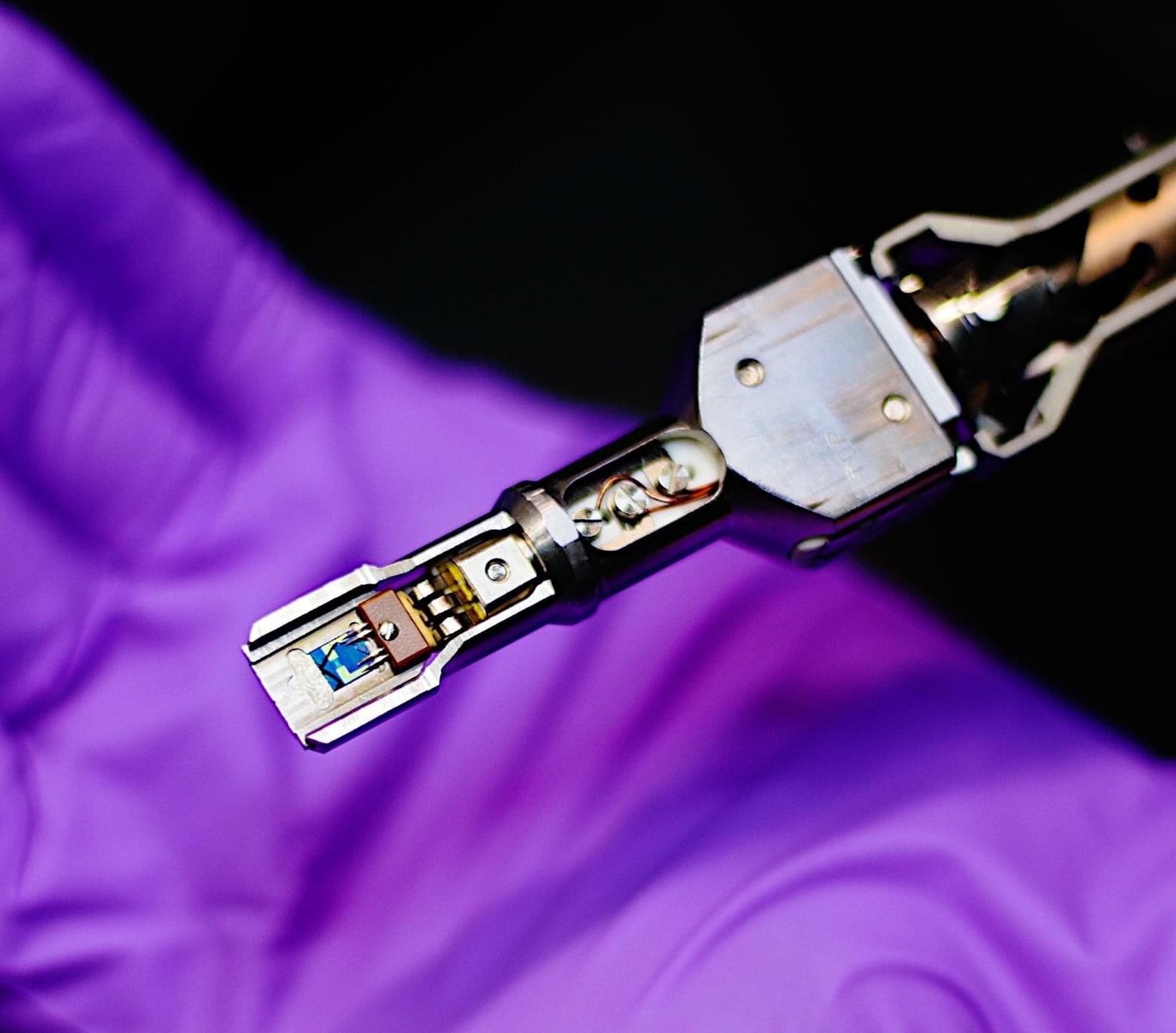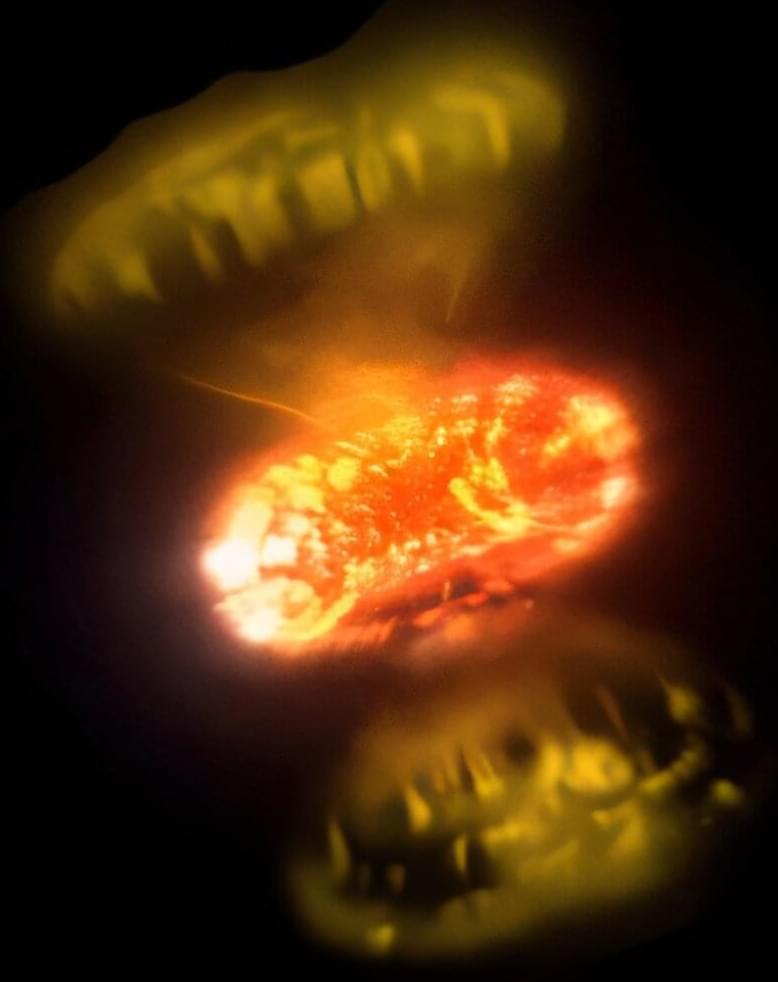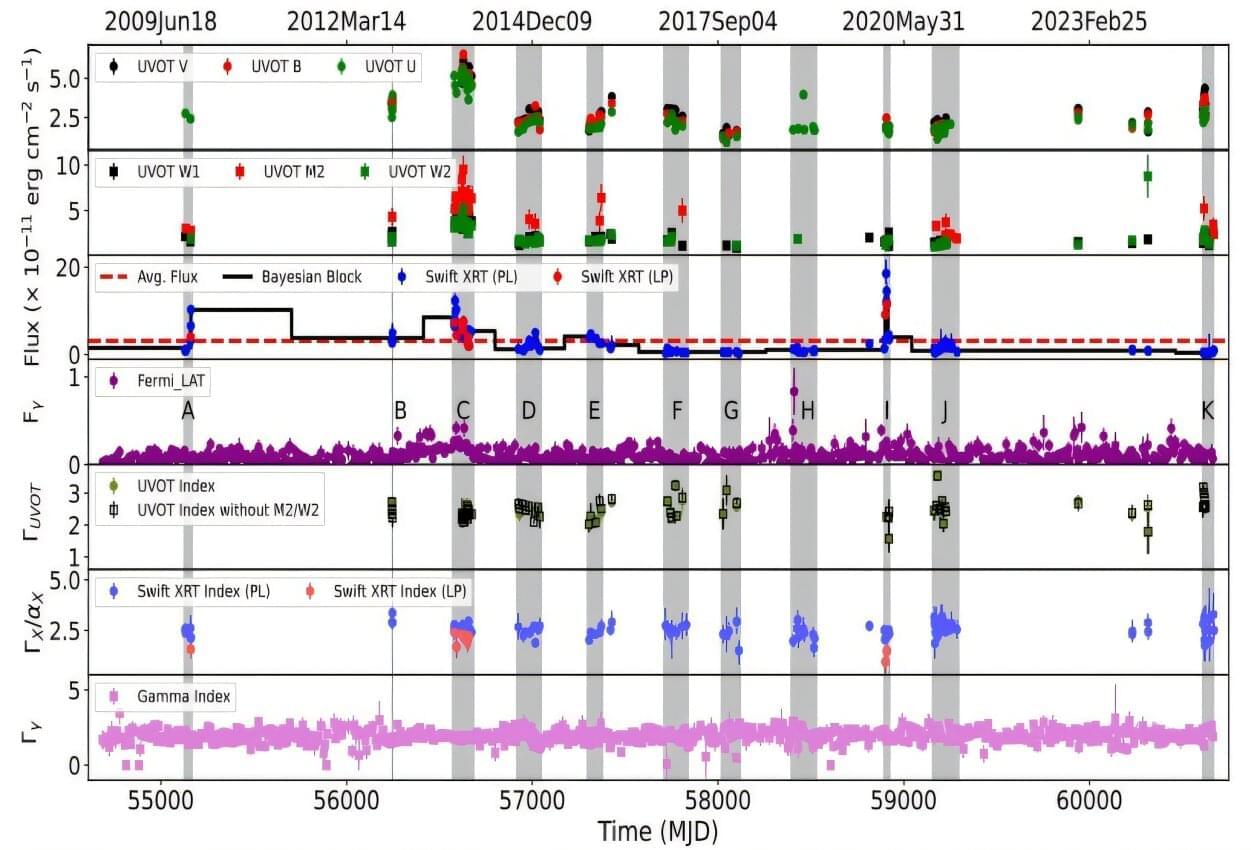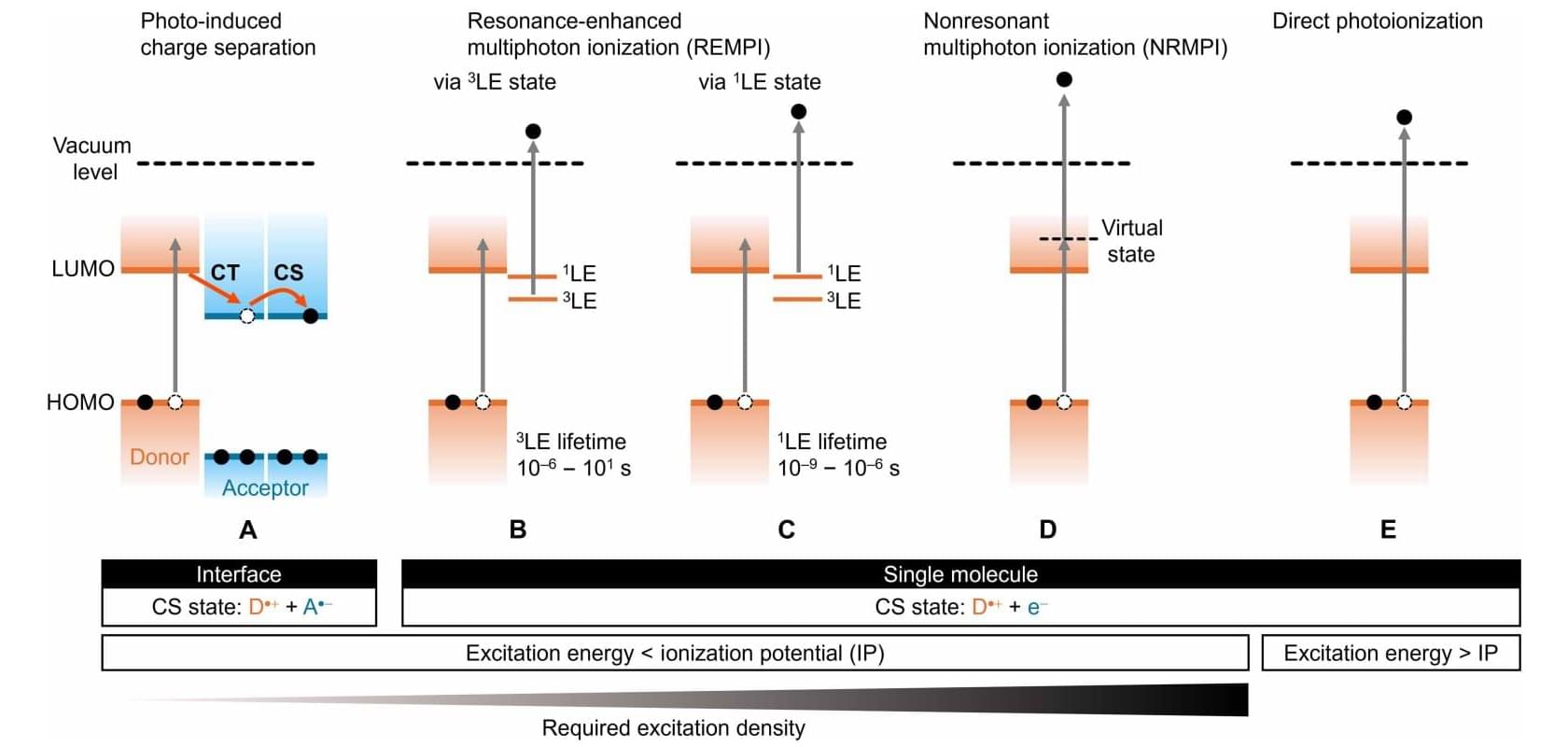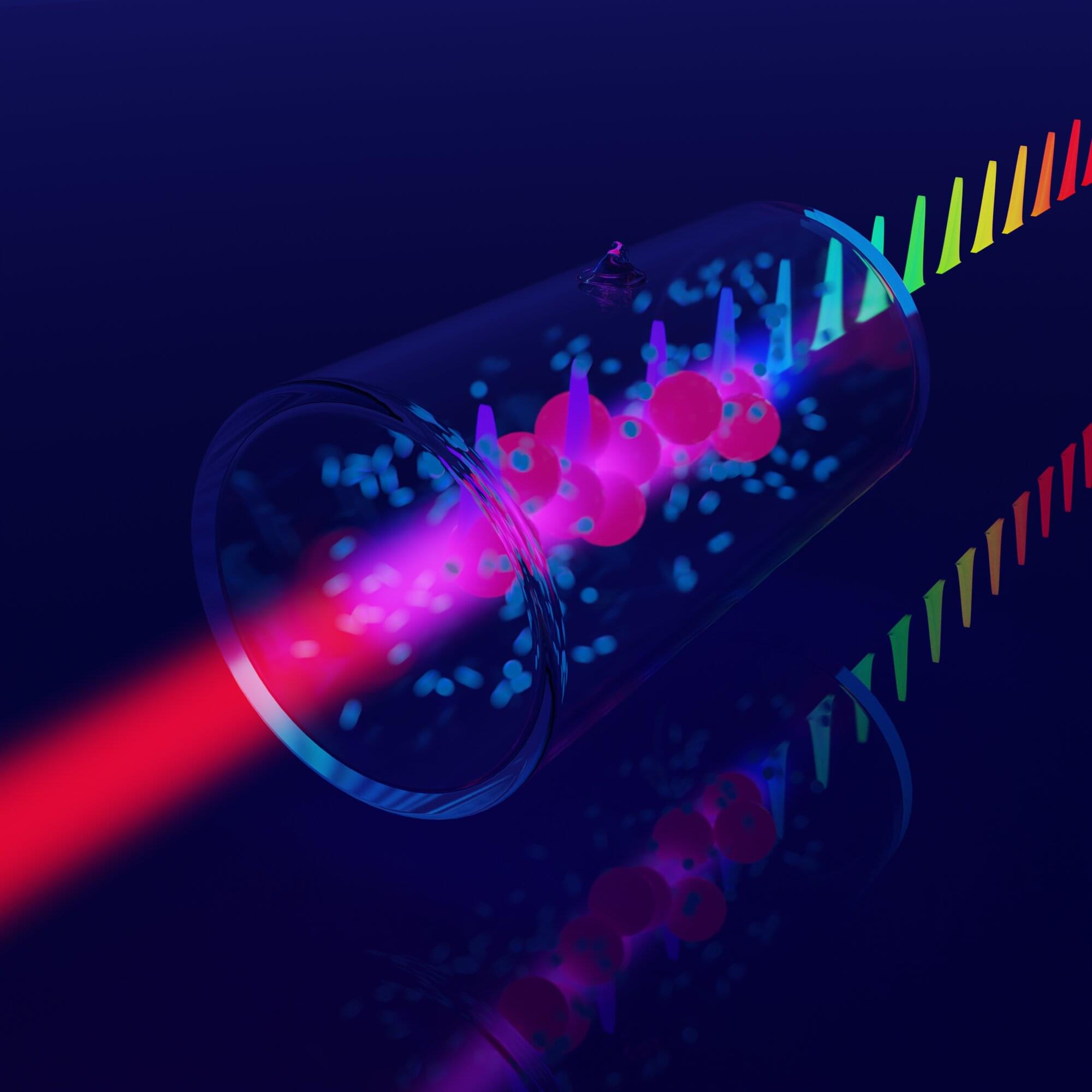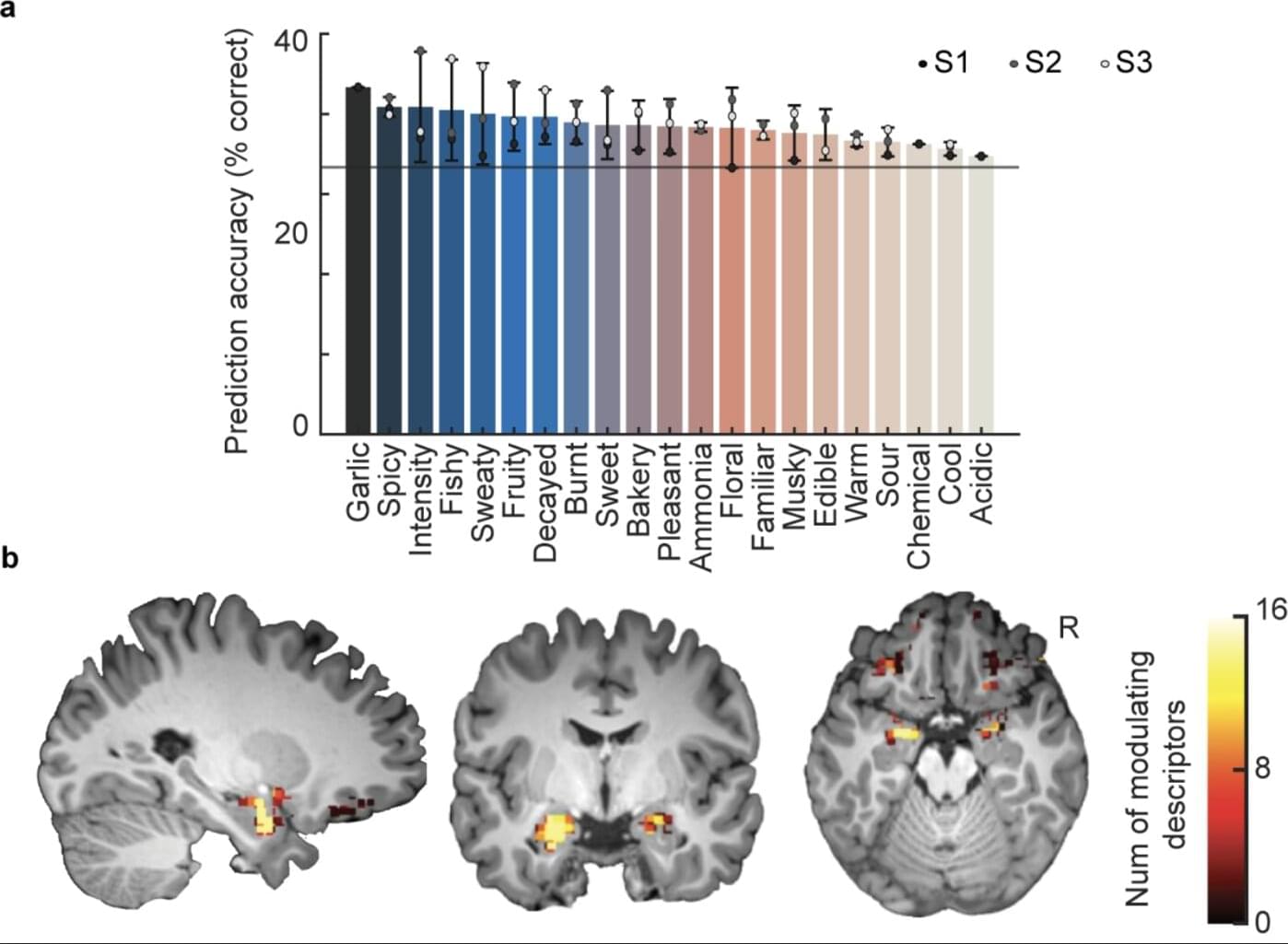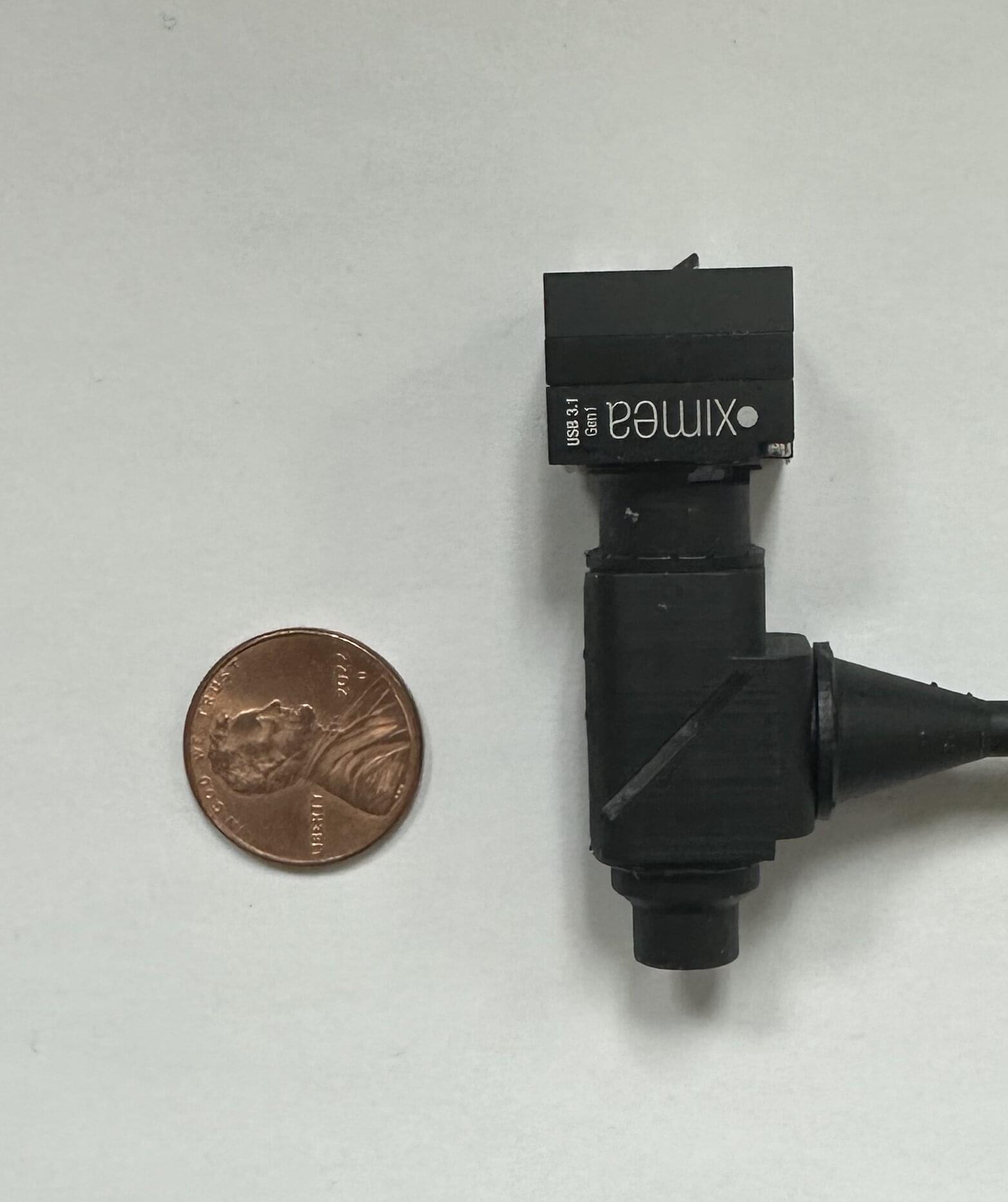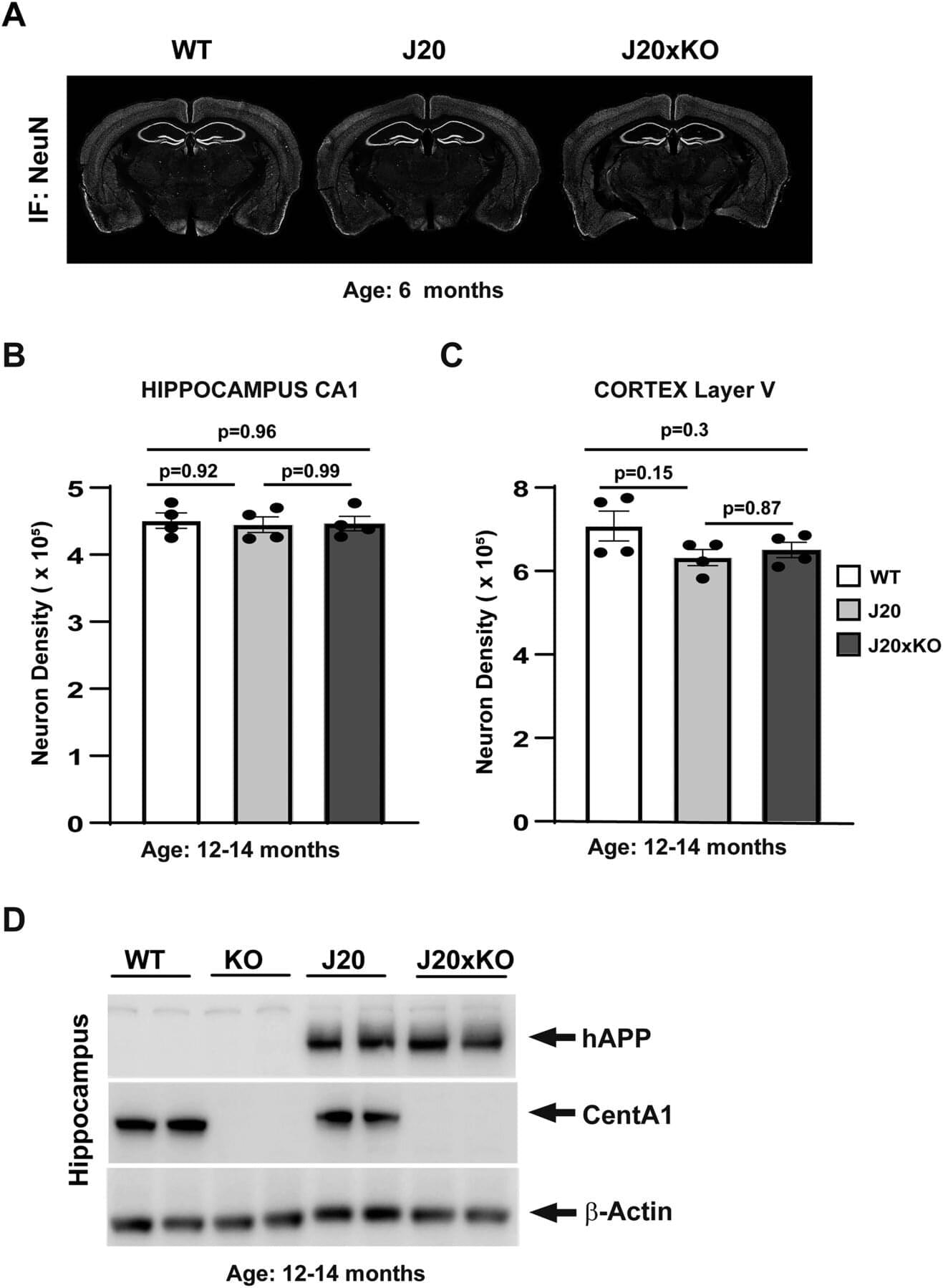Periodontal disease is a chronic inflammatory condition of the periodontal tissues, encompassing pathologies such as gingivitis and periodontitis. It has been shown that these conditions not only lead to localized inflammation but also have systemic effects on overall health. Recent studies have strongly suggested a link between periodontal disease and chronic systemic diseases, particularly cardiovascular diseases. Among these, endothelial function plays a crucial role in cardiovascular health, and endothelial dysfunction has been reported to contribute to the development of atherosclerosis, hypertension, and coronary artery disease. Endothelial function refers to the ability of endothelial cells to regulate vasodilation and vasoconstriction, primarily through the production and release of nitric oxide.

